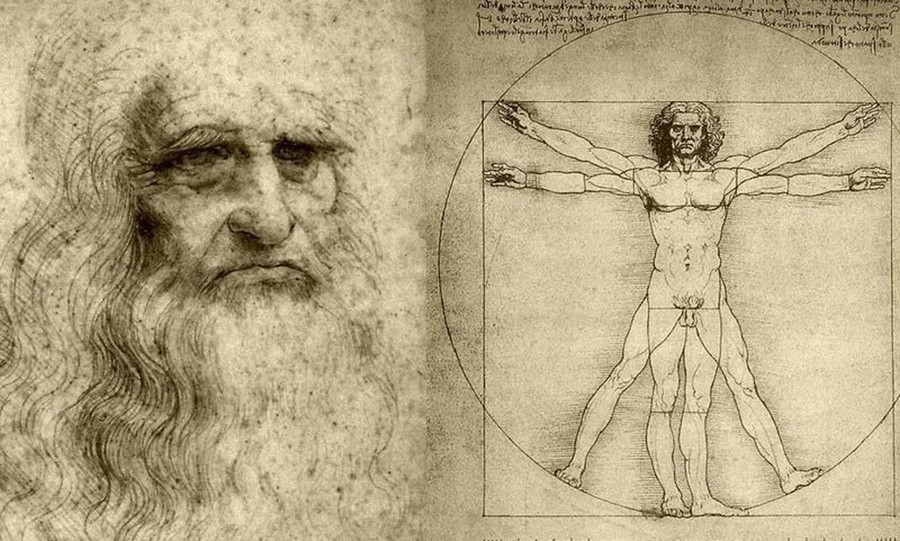New archaeogenetic data allow exciting insights into the social order of the Aegean Bronze Age
The well-known figure of a Minoan goddess, artistically appropriated and depicted holding DNA chains instead of snakes. The population is born from her "ancient" body. The orange and red genealogy refers to the research finding of endogamy between first and second cousins. Credit: Eva Skourtanioti
An international team of researchers from the Max Planck Institute for Evolutionary Anthropology in Leipzig, Germany, reports completely new insights into Bronze Age marriage rules and family structures in Greece. Analyses of ancient genomes show that the choice of marriage partners was determined by one's own kinship.
A research team from the Max Planck Institute for Evolutionary Anthropology, together with an international team of partners, analysed over 100 genomes of Bronze Age people from the Aegean. “Without the great cooperation with our partners in Greece and worldwide, this would not have been possible,” says archaeologist Philipp Stockhammer, one of the study’s lead authors.
Akrotiri, 1600 BC. G.Rava art
First biological family tree of a Mycenaean family
Thanks to recent methodological advances in the production and evaluation of ancient genetic datasets, it has now been possible to produce extensive data even in regions with problematic DNA preservation due to climate conditions, such as Greece. For a Mycenaean hamlet of the 16th century BC, it has even been possible to reconstruct the kinship of the house’s inhabitants – the first family tree that has so far been genetically reconstructed for the entire ancient Mediterranean region.
Apparently, some of the sons still lived in their parents’ hamlet in adulthood. At least their children were buried in a tomb under the courtyard of the estate. One of the wives who married into the house brought her sister into the family, as her child was also buried in the same grave.
olive harvesting in the Aegean Bronze Age. Credit: Nikola Nevenov
Customary to marry one’s first cousin
However, another finding was completely unexpected: on Crete and the other Greek islands, as well as on the mainland, it was very common to marry one’s first cousin 4000 years ago. “More than a thousand ancient genomes from different regions of the world have now been published, but it seems that such a strict system of kin marriage did not exist anywhere else in the ancient world,” says Eirini Skourtanioti, the lead author of the study who conducted the analyses. “This came as a complete surprise to all of us and raises many questions.”
How this particular marriage rule can be explained, the research team can only speculate. “Maybe this was a way to prevent the inherited farmland from being divided up more and more? In any case, it guaranteed a certain continuity of the family in one place, which is an important prerequisite for the cultivation of olives and grapes, for example,” Stockhammer suspects. “What is certain is that the analysis of ancient genomes will continue to provide us with fantastic, new insights into ancient family structures in the future,” adds Skourtanioti.
More information: Eirini Skourtanioti, Ancient DNA reveals admixture history and endogamy in the prehistoric Aegean, Nature Ecology & Evolution (2023). DOI: 10.1038/s41559-022-01952-3.









